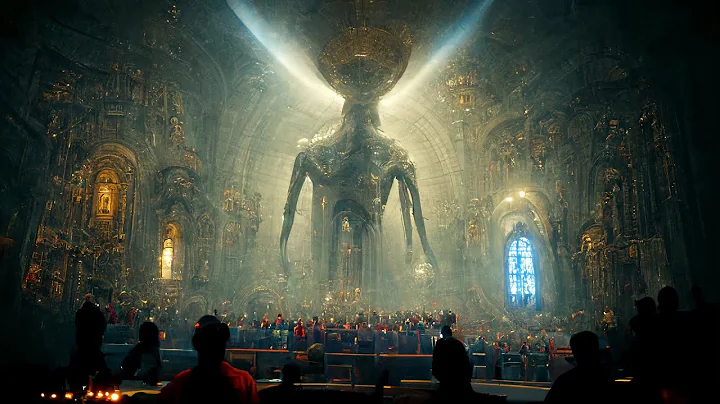Uncle Mu's international commentary here to talk about a more interesting topic of international culture.
I don’t know if you are paying attention, Iranians don’t wear ties. Of course,
excludes those priests who wear long robes and turbans, as long as they are wearing suits, they don't wear ties. Someone may have noticed
, but they are not familiar with the reason. To avoid misleading, Uncle Mu can come and explain.
In fact, before the overthrow of the king's regime in Iran 40 years ago, as long as they were not Shia priests, they usually had to wear a tie in formal occasions when wearing a suit. This has something to do with the fact that the Pahlavi dynasty at that time was very close to the West.
Regardless of whether it is a dynasty or the entire society, Western culture can basically go unimpeded as long as it does not seriously violate the canon. Even women can wear bikinis at the beach, and men can wear jeans. This will never happen in many Middle Eastern countries.
So suits and ties are commonplace for these open Iranians.
However, after the overthrow of the Pahlavi dynasty, all secular politicians and ordinary people no longer wear ties.
This transition happened almost overnight. Because in the eyes of the Iranian clergy, a tie is a meaningless thing in Western culture. Even the Supreme Religious Leader Khomeini has a metaphor. The tie is like a rope for a dog. Why do you have to wear this on your chest?


Therefore, if you look at Ahmadinejad, the first secular president of the priest group, he never wears a tie, whether in domestic or international occasions.
This is what Iran’s political culture dictates.
Even if the current Iranian President Rouhani is a priest, he has studied in the UK and can be said to be a senior Iranian who is familiar with Western culture, but he hardly wears a suit, so he can't even talk about a tie.
And his Foreign Minister Zarif, like Ahmadinejad, never wears a tie on international occasions. It's not that he doesn't respect others, but that this is a political and cultural feature of Iran.
In addition to Iran, everyone may also be more concerned about a foreign high-level who rarely wears a tie-Philippine President Duterte and Indian Prime Minister Modi.
Duterte does not wear a tie much in the media, but this is just a personal act. Other politicians in the Philippines are still in suits.
such as Aquino III before Duterte. He used to be a businessman, so how could he not wear a tie? It's not that Duterte doesn't wear a tie, but he wears a tie less often.
Duterte is not from a well-known family, and his growth environment is not very glamorous. It can be said that he is a Liba. It is this style that allows him to attract more voters. Now he has been in power for several years, and his approval rating is still 70- The 80% high is related to his closeness to the people.
Duterte is usually dressed casually, looking more free and easy and casual, so people rarely notice when he wears a tie, but in many formal occasions, Duterte wears a tie. Such as foreign visits or speeches on international occasions.
The picture below shows Duterte speaking at an international event and he must wear a tie.

usually doesn't seem to wear a tie in the country. After all, the Philippines is hot, and it is unnecessary to wear a suit and tie in his office every day. So what the outside world usually sees is Duterte's casual clothes.


Modi rarely wears a tie, because he is mostly dressed in Indian costumes at official events. The dress of
has nothing to do with the suit, so the outside world can hardly see Modi wearing a tie, nor can he see him in a suit.
This may be the embodiment of Modi's more nationalistic style! This is not just his personal preference. Of course, this is not because Modi is anti-Western. The reason is different from Iran.
Therefore, the dress of a country's senior level is not only related to the political and cultural characteristics of the country, but also to the personal character and related environmental background.
It’s really rare to say no to a tie like Iran.











![Pan'an Town, Gangu, Gansu: The "Yongji Canal" in Yangjiazhuang Village The Stone Monument Mr. Zhang Xurui wrote an inscription for [Pictures about Gangu] This is the "Yongji Canal" located next to the Yongji Canal of Yangjia Village, Pan'an Town, Gangu County, Gansu Province. Wha - DayDayNews](https://cdn.daydaynews.cc/wp-content/themes/begin/img/loading.gif)









